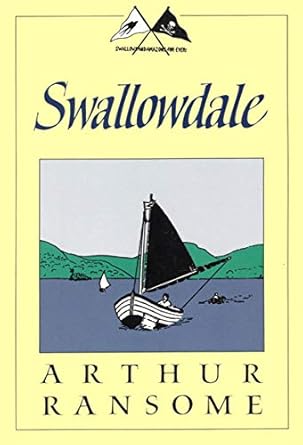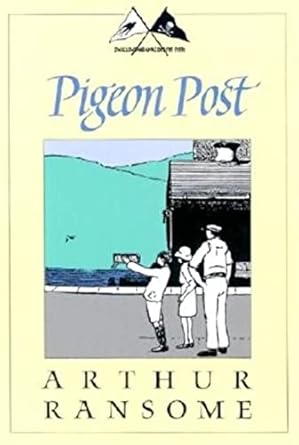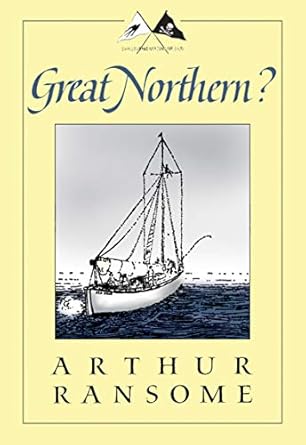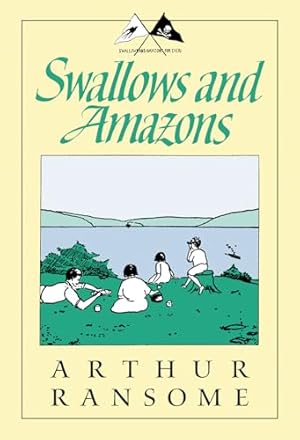He is determined to read the rest of the series over his Winter break, so I thought I'd make myself a list of all of the titles!
#2

Swallowdale
#3

Peter Duck
#5

Coot Club
#6

Pigeon Post
#7

We Didn't Mean To Go To Sea
#8

Secret Water
#9

The Big Six
#10

Missee Lee
#12

Great Northern?
This post contains affiliate links to materials I truly use for homeschooling. Qualifying purchases provide me with revenue. Thank you for your support!

























 Immersive Experience
Immersive Experience Immersive Experience
Immersive Experience






